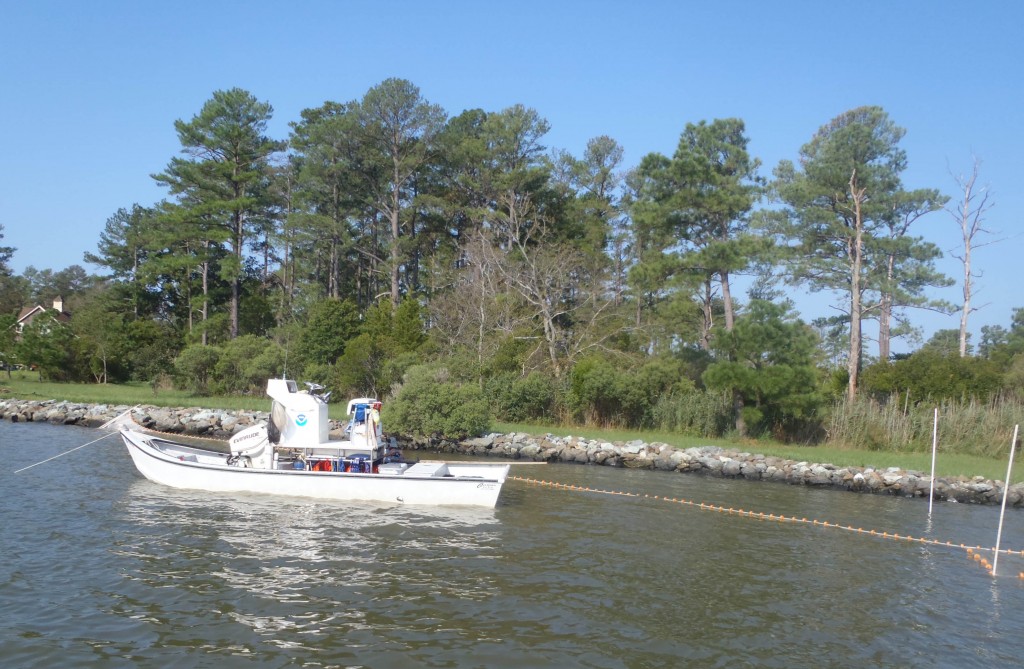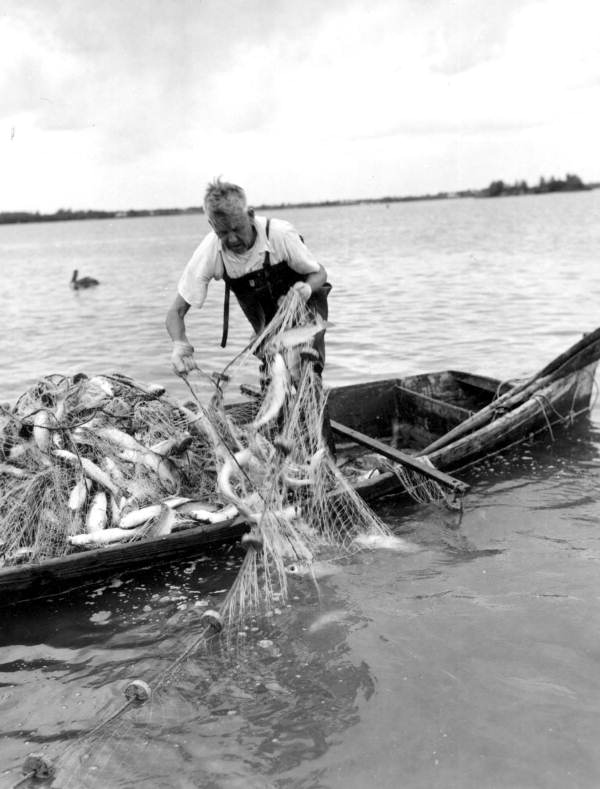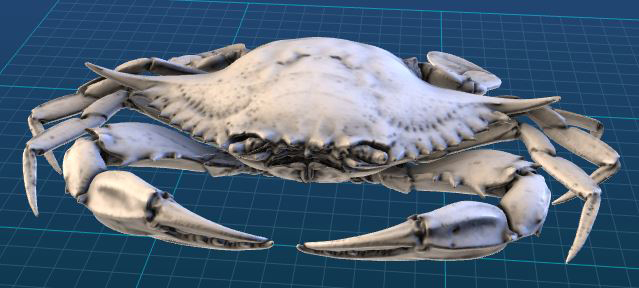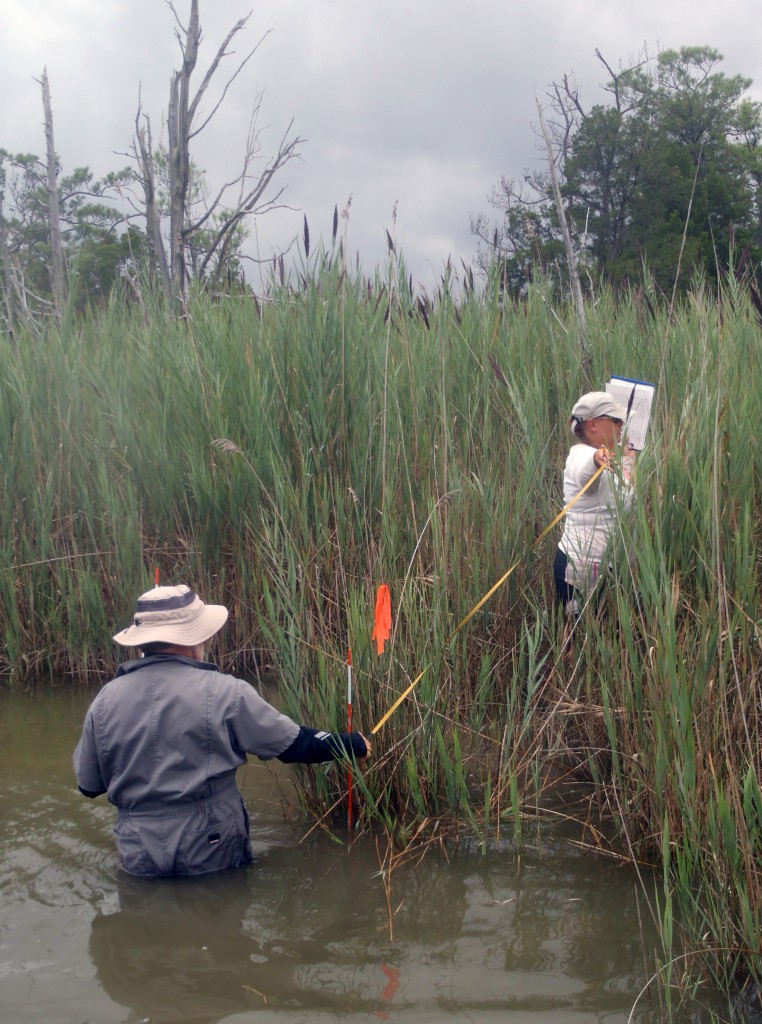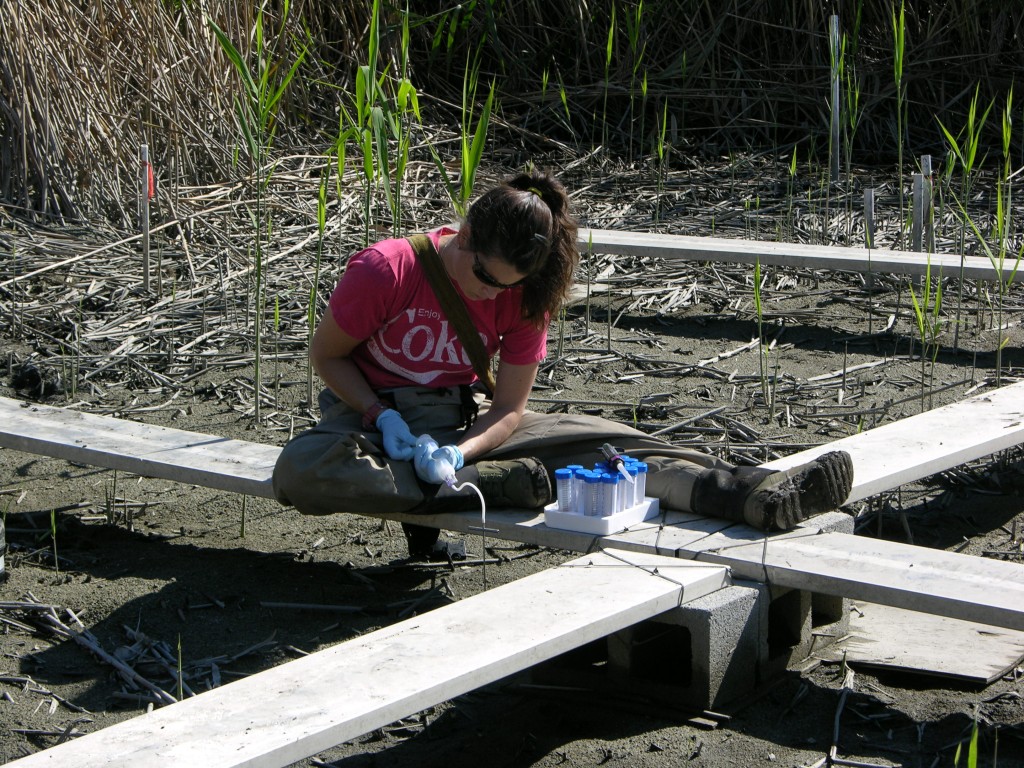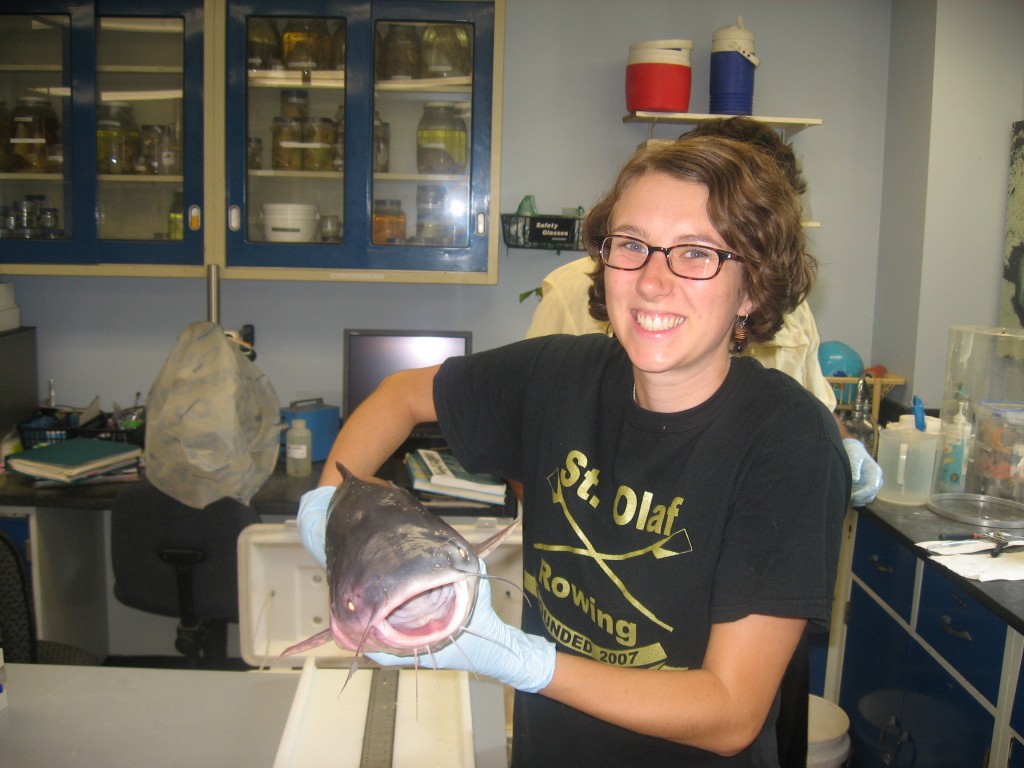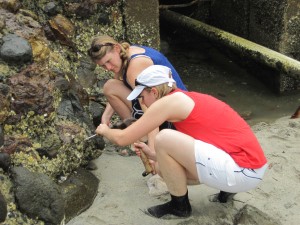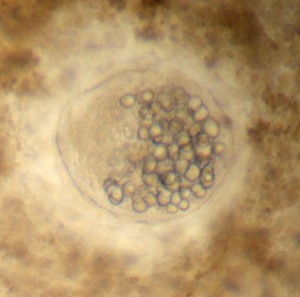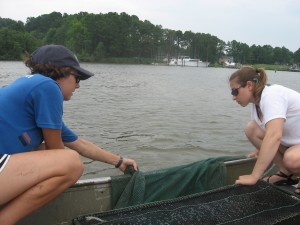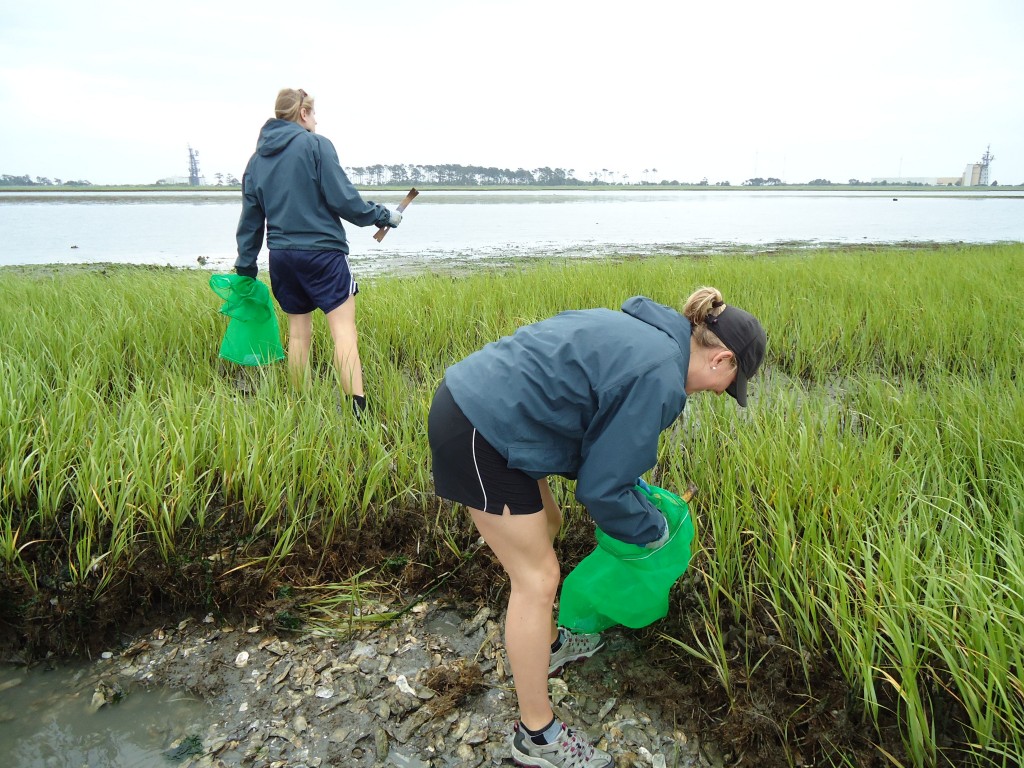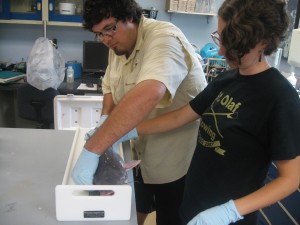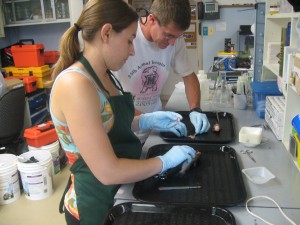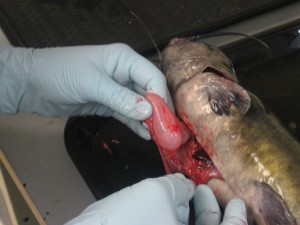by Kristen Minogue
This summer and fall, biologists at the Smithsonian Environmental Research Center are looking to tag 10,000 blue crabs in Chesapeake Bay. They’re pursuing the project in spite of the two-year slump the crabs have suffered in the latest reports of the Chesapeake Bay Stock Assessment Committee. They’re hoping some of those crabs will help answer two unresolved questions on the path to recovery: the role of recreational crabbing, and the struggling population of adult females.
Every year watermen on Chesapeake Bay haul in between 40 and 110 million pounds of blue crabs on trotlines or in crab pots. The vast majority come from commercial watermen who rely on the crustaceans for their livelihoods. But recreational crabbers also take their share, and today no one knows exactly how large or small that share is.
“We really have very little idea how big the recreational fishery is now,” says Matt Ogburn, a postdoc at SERC’s Fish and Invertebrate Ecology Lab. Click to continue »



